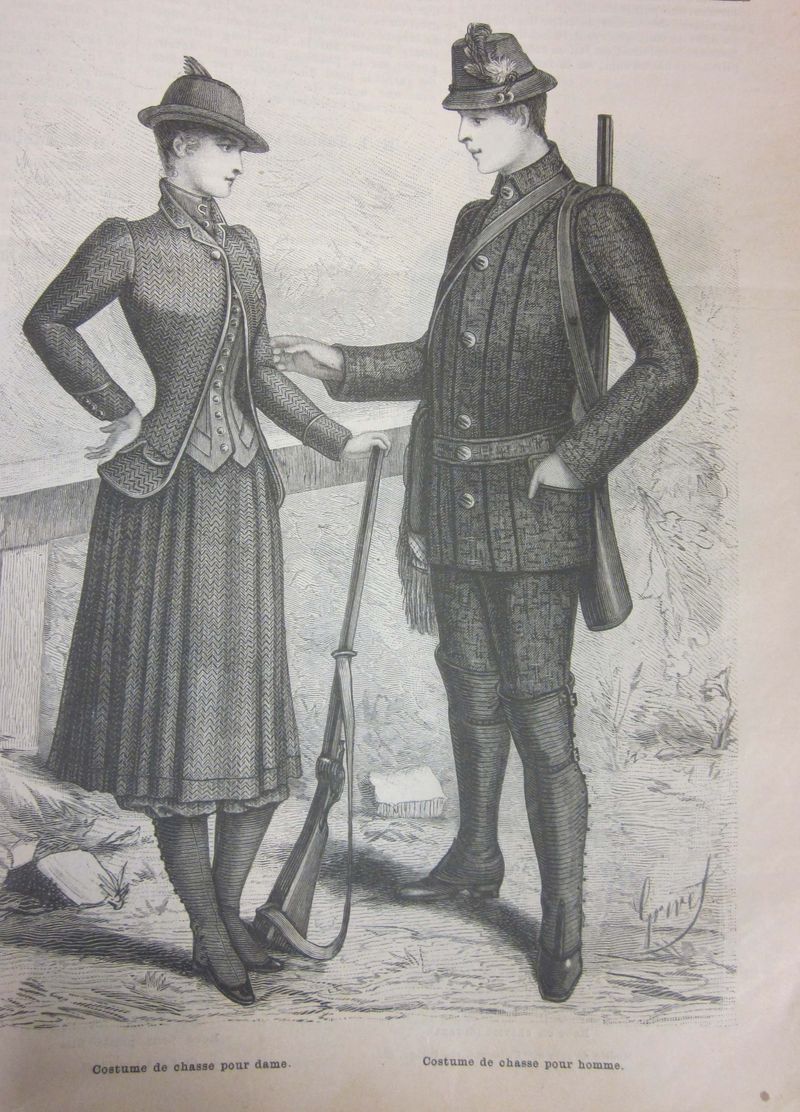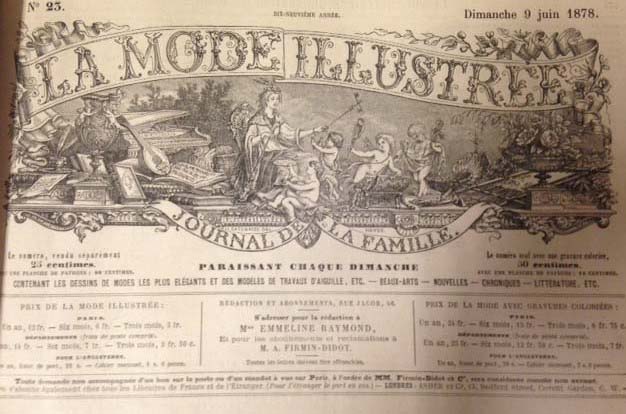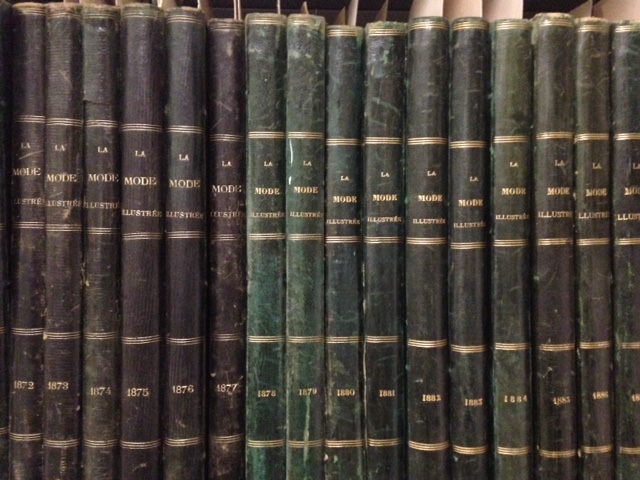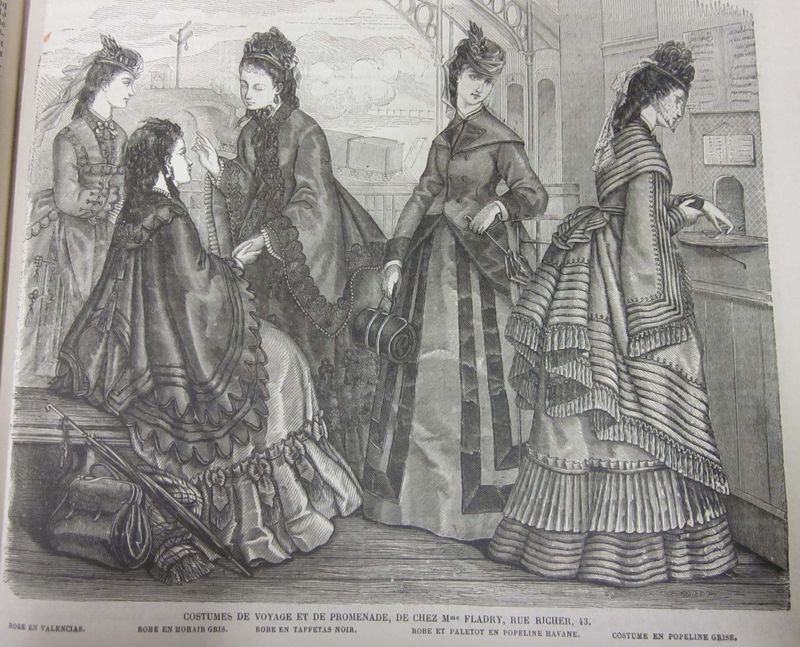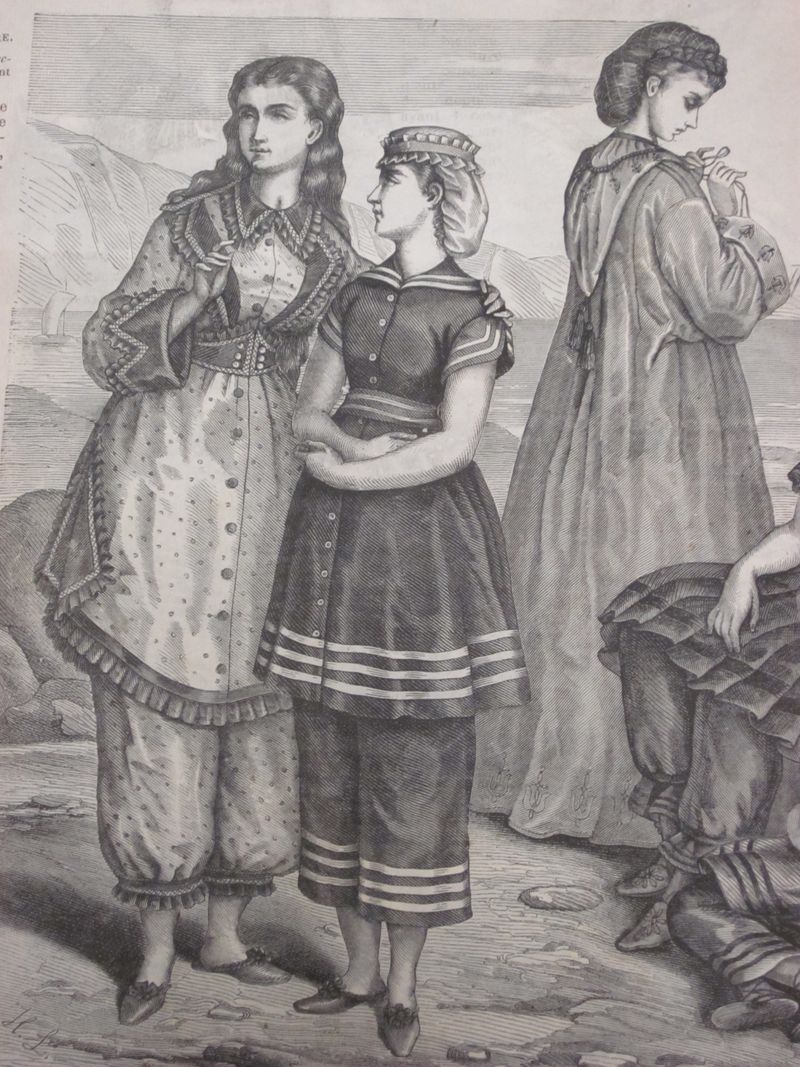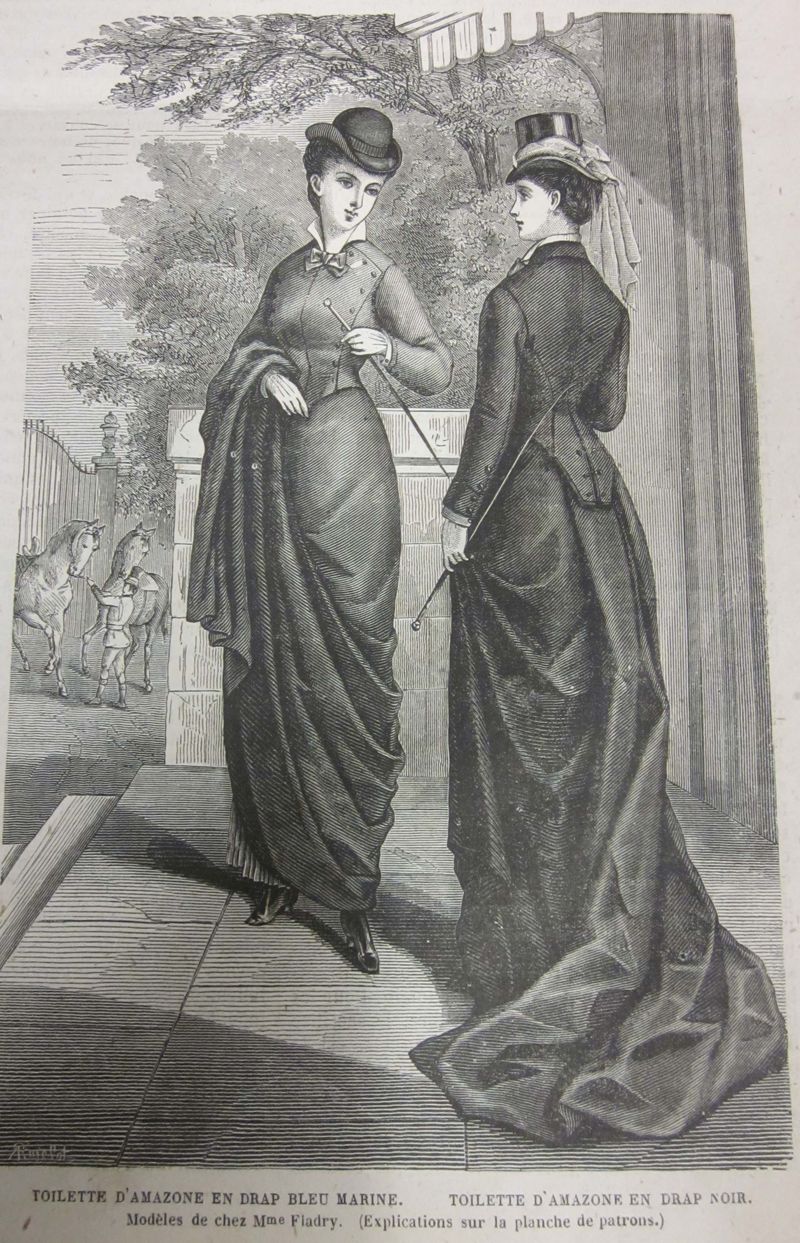Intern Report: Sportswear in La Mode Illustrée
Marley Healy is a recent graduate of the MA program in Fashion Curation at the London College of Fashion. While in London, Marley worked on a variety of curatorial projects including exhibitions with the Rambert ballet company archive, the University of the Arts London, and Savage Beauty at the Victoria & Albert Museum. Originally from Southern California, Marley returned from London to finish her dissertation and spent the fall interning at the FIDM Museum.
**********
During the final months of my graduate program, as I engaged in the vicious cycle of writing, editing, and rewriting my dissertation, I was fortunate to have the best distraction possible. I had the pleasure of working with the brilliant staff of the FIDM Museum, assisting with various curatorial projects that often allowed me to intimately handle dress objects and practice good old-fashioned research methods. Serendipitously, my dissertation research on late nineteenth-century and early twentieth-century women’s sportswear followed a parallel research trajectory to that of a future exhibition being planned by FIDM Museum staff, affording me the unique opportunity of conducting mutually beneficial research.
An important rung on the research ladder is the consultation of primary sources, and what better source for fashion and dress than a fashion magazine? Contemporary magazines illuminate a hodge-podge of era-specific preoccupations that give insight into the unique socio-cultural makeup of the people who read them. Having worked with magazine archives extensively (American Vogue is a favorite go-to) I was delighted to have the opportunity to utilize the FIDM Museum’s collection of La Mode Illustrée, a French fashion periodical that came into circulation during the mid-nineteenth century.
As its title suggests, La Mode Illustrée was dedicated to the dissemination of fashionable garments and accessories, but its concept of “fashion” extended far beyond objects of personal adornment. Stipulated underneath the scrolling title were the words “Journal de la Famille,” a reminder that the magazine’s content reinforced suitable feminine ideals. Embroidery patterns, serialized short stories, and other miscellaneous, family-themed editorial content fleshed out the publication’s pages.
The FIDM Museum’s collection spans 1869 through 1911, a time frame that was conveniently significant to my dissertation. I spent hours poring over the slightly foxed and occasionally torn pages. While most people might find carefully turning page by singular page a tedious affair, I relished the careful attention I was able to pay to each of them individually. My focus was directed towards locating fashion illustrations of “sportswear” in its most literal sense.
Dozens of fashion plates showed ensembles for seemingly every possible activity in which one could engage. Wedding gowns, travelling outfits, and even fancy dress costumes broke up the monotony of typical day and evening garments that were necessary elements of the publication, but the illustrations of sportswear for outdoor activities were by far the most interesting.
Season to season, La Mode Illustrée showed sportswear and activities that harmonized with the weather. For example, throughout the spring and summer, young ladies are depicted frolicking at the beach in bathing attire; in the fall, they promenade through tree-lined parks. Conversely, fur trims and heavy layers keep out the cold for ladies shown skating and sledding through the snowy months of winter.
Ensembles for the more daring sportswomen who engaged in horseback riding and hunting are sprinkled through the various issues. These images offer a myriad of details regarding styling, fit, and even sport-specific accessories. These valuable points of reference will inspire the styling of the FIDM Museum’s planned sportswear exhibition.
My time at the FIDM Museum reinforced my passion for the art of fashion curation and I appreciate the wonderful museum staffers who patiently answered my questions and encouraged me throughout the process of completing my dissertation. Overall, the internship experience was a joyful undertaking and I look forward to collaborating with the FIDM Museum in the future!
